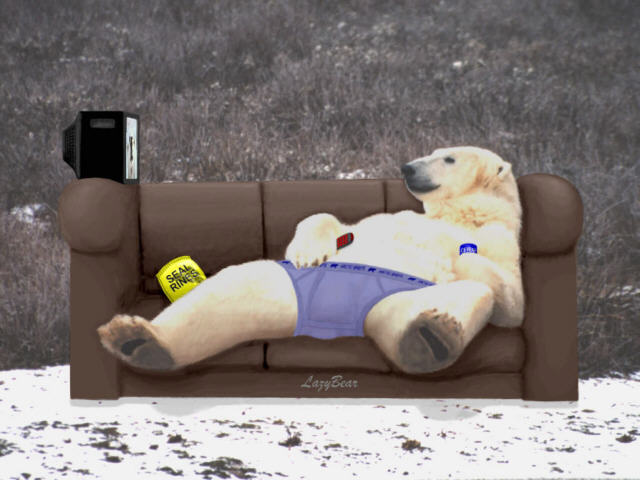OLD WESTERN MOVIES ON VHS:BRENNAN, CISCO, CASSIDY,ROGERS WITH BOULDERS, CACTUS, DESERT
PIONEER TOWN, GUNFIGHT OK CORAL YUCCA VALLEY ETC.
ALSO MOVIE POSTERS OF SAME
Original Post
Replies sorted oldest to newest


 your posts.
your posts. 





quote:
Originally posted by MORY:
today I learned that Polar Bears aren't White.


quote:
Originally posted by Mrs.M:
Rick, kind of yellowish, but I would still classify them as white, wouldn't you?







quote:
Despite what our eyes tell us, a polar bear's fur is not white. Each hair shaft is pigment-free and transparent with a hollow core.
Polar bears look white because the hollow core scatters and reflects visible light, much like ice and snow does.
When photographed with film sensitive to ultraviolet light, polar bears appear black.


























quote:
Originally posted by Puppy Raiser:
Snow flakes don't have skin, and ice is clear.
quote:
Originally posted by Puppy Raiser:
Why doesn't snow turn green when it falls on green grass?
quote:
Originally posted by MORY:
and I spent 7 years in the Arctic.



quote:
Originally posted by Mrs.M:
kind of yellowish




